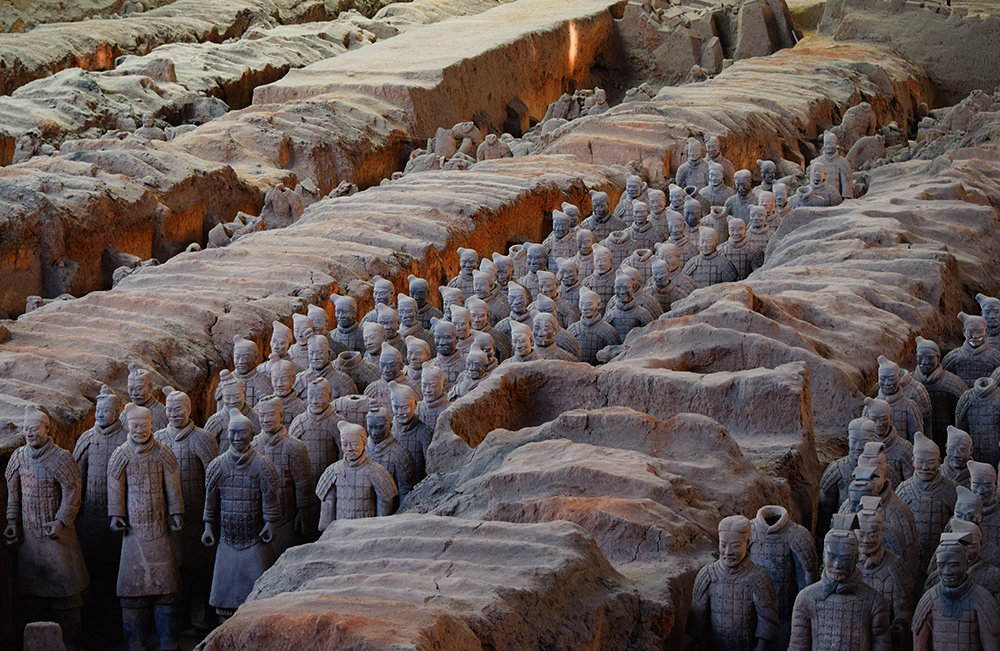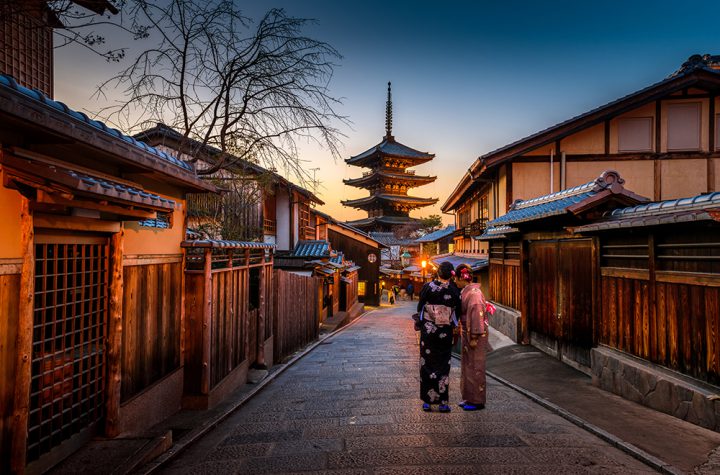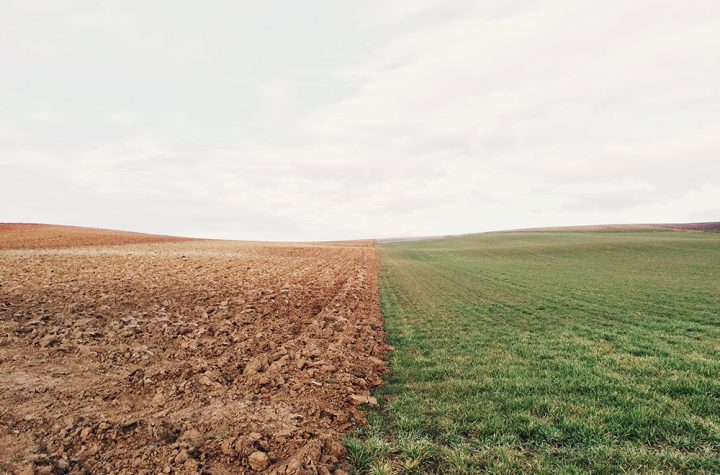
It has been more than seven months since Australia recorded its first COVID-19 case. In that time the country has seen extraordinary changes, including hotel quarantine, lockdowns, closed borders, a second wave of infections and the first recession in 30 years.The first coronavirus case was confirmed in Australia on January 25 after a Wuhan man flew to Melbourne from Guangdong on January 19.
Since then the total case numbers have exploded to more than 25,000 and the death toll sits at 747.
The vast majority of cases and deaths have only been recorded in the past few months after a second wave of infections swept through Victoria.
As a result, residents have faced some of the toughest restrictions in the world, with Melbourne living under stage 4 lockdown for weeks.
This is where Australia stands so far in its coronavirus fight.
RELATED: Follow our live coronavirus coverage
NATIONAL BREAKDOWN
• Victoria has a total of 19450 cases and 660 deaths. Of those cases, 2060 are active.
• New South Wales has a total of 3910 cases and 52 deaths. Of those cases, 87 are currently being treated.
• Queensland has a total of 1085 cases and six deaths. Of those cases, 13 are active.
• Western Australia has a total of 655 cases and nine deaths. Of those cases, three are active.
• South Australia has a total of 463 cases and four deaths. The state has no active coronavirus cases.
• Tasmania has a total of 228 cases and 13 deaths. The state has no active cases.
• The Australian Capital Territory has a total of 113 cases and three deaths. There are no active cases.
• The Northern Territory has a total of 34 cases with no infections currently active.
OUTBREAKS IN AGED CARE
When coronavirus cases first started to ramp up in Australia, NSW was seeing the highest rates of cases and deaths.
It was also one of the first states to see a significant outbreak in an aged care facility, with Newmarch House in Sydney’s west locked down earlier this year after an infected staff member worked at the facility.
The outbreak spread quickly throughout the facility, with 37 residents and 34 staff members being infected with COVID-19.
A total of 19 residents died from the virus.
Victoria’s second wave has had a devastating impact on the aged care sector, with multiple facilities suffering from outbreaks.
Data from Thursday shows that 1121 of the state’s active cases are linked to aged care outbreaks.
The majority of Victoria’s COVID-19 deaths have been linked to aged care homes, with federal government data showing at least 450 fatalities have been in aged care.
These are some of the most severe aged care outbreaks across the state:
• 214 cases linked to Epping Gardens Aged Care in Epping
• 213 cases linked to BaptCare Wyndham Lodge Community in Werribee
• 205 cases linked to St Basil’s Homes for the Aged in Fawkner
• 162 cases linked to Estia Aged Care Facility in Ardeer
• 139 cases linked to Kirkbrae Presbyterian Homes in Kilsyth
• 127 cases linked to Twin Parks Aged Care in Reservoir
• 123 cases linked to Cumberland Manor Aged Care Facility in Sunshine North
• 118 cases linked to Estia Aged Care Facility in Heidelberg
• 117 cases linked to Japara Goonawarra Aged Care Facility in Sunbury
• 115 cases linked to Outlook Gardens Aged Care Facility in Dandenong North
RELATED: PM’s hopes of reopening borders crushed
CORONAVIRUS RESTRICTIONS
COVID-19 restrictions are still in place across the country, with every state and territory having varying rules depending on how many active cases they have.
Here is a look at the different restrictions in place.
VICTORIA
Victoria has the strictest rules in all of Australia, as it continues to try to suppress its second wave of virus cases.
Metropolitan Melbourne is currently under stage 4 restrictions, which include:
• A curfew between 8pm and 5am, with residents only allowed to leave their home during these hours for work, medical care or caregiving.
• Outside of curfew hours residents can only leave their homes for shopping for food and essentials, exercise, permitted work and care or caregiving.
• Wearing a mask or face covering is mandatory when you leave your home.
• Residents can only travel up to 5km from their homes and only one person per house can leave the home for necessary goods and services at a time.
• Restaurants and cafes are open for takeaway and delivery only.
• Weddings are banned and funerals are restricted to 10 people plus the people required to conduct the funeral.
• Residents can’t have visitors to their home and cannot make social visits to friends and family.
The rest of Victoria is under stage 3 restrictions, which include:
• Wearing a mask or face covering at all times when not at home.
• Only leaving home for shopping for food and essentials, exercise, work or education and care or caregiving.
• Restaurants and cafes can only be open for takeaway or delivery services.
• A maximum of five people at weddings, including the couple, two witnesses and a celebrant.
• A maximum of 10 people at funerals, plus the people required to conduct the funeral.
• No visitors are allowed in your home and you cannot make social visits to others.
NEW SOUTH WALES
New South Wales has eased some restrictions that were brought in earlier in the year but there are still a few rules in place, including:
• A limit on 20 visitors to a household at one time.
• No more than 20 people gatherings together outside in a public space.
• Funerals can have the lesser of either 100 people or one person per 4sq m.
• Weddings cannot have more than 150 people and must be subject to the one person per 4sq m rule.
• Businesses must operate under the 4sq m rule, with some required to have a COVID-19 Safety Plan in place.
QUEENSLAND
Queensland has recently brought back some restrictions for 15 different LGA’s across the state due to a rise in COVID-19 cases.
Restrictions in these areas include:
• A limit of 10 visitors to your home including the members of the household that live there.
• A maximum of 10 people gathering in a public space.
• No visitors allowed if you live in a household of 10 or more people.
• You can only visit someone in the hospital if you are a parent or guardian of a patient under the age of 18, providing end-of-life support or a partner or support person/s for a patient admitted for care related to their pregnancy.
• The only people allowed to visit aged care homes are those providing an essential purpose or those who are there for end-of-life visits.
There are also restrictions in place in other parts of the state, including:
• A limit of 30 people in your home, including members of the household that live there.
• A maximum of 30 people gathering together in a public space.
WESTERN AUSTRALIA
The majority of restrictions in Western Australia have now been eased, with some rules still in place around gatherings.
• Gathering limits are now determined by the one person per 2sq m rule.
• Staff are included in the 2sq m rule at venues that hold more than 500 patrons.
• Music festivals are banned. All other events are permitted.
SOUTH AUSTRALIA
The restrictions in place across South Australia include:
• Limits of one person per 2sq m in venues.
• Limits of 50 people in private residences.
• Restrictions of 100 people gathering at a private place, other than a private residence.
• All businesses must have a COVID-Safe Plan in place.
AUSTRALIAN CAPITAL TERRITORY
Current restrictions in the ACT include:
• For public gatherings there is a limit of 100 people or one person per 4sq m of usable space in both indoor and outdoor spaces (whichever is lesser).
• 24-hour gym facilities can operate unstaffed, with a maximum of 25 people permitted in the facility at one time
• For gyms, health clubs, fitness centres and boot camps the current arrangements of one person per 4sq m of usable space applies, up to a maximum of 100 patrons in each indoor space and each outdoor space (excluding staff).
TASMANIA
Tasmania’s current coronavirus restrictions include:
• A limit of 250 people in an indoor venue and 500 people outdoors, with the one person per 2sq m rule in place. This applies to all businesses and to sporting and recreation facilities.
• A limit of 20 people visiting a household at any one time.
NORTHERN TERRITORY
The current coronavirus restriction in the Northern Territory include:
• Having a COVID-Safety checklist in place for events and public gatherings of 100 to 500 people.
• Major events of more than 500 people must receive formal approval from the chief health officer prior to the event proceeding.




More Stories
All the reaction from the Premier League, plus FA Cup first-round goals.
Company co-founder Josh Giegel and Sara Lucian are the first people in history to ride in a Hyperloop.